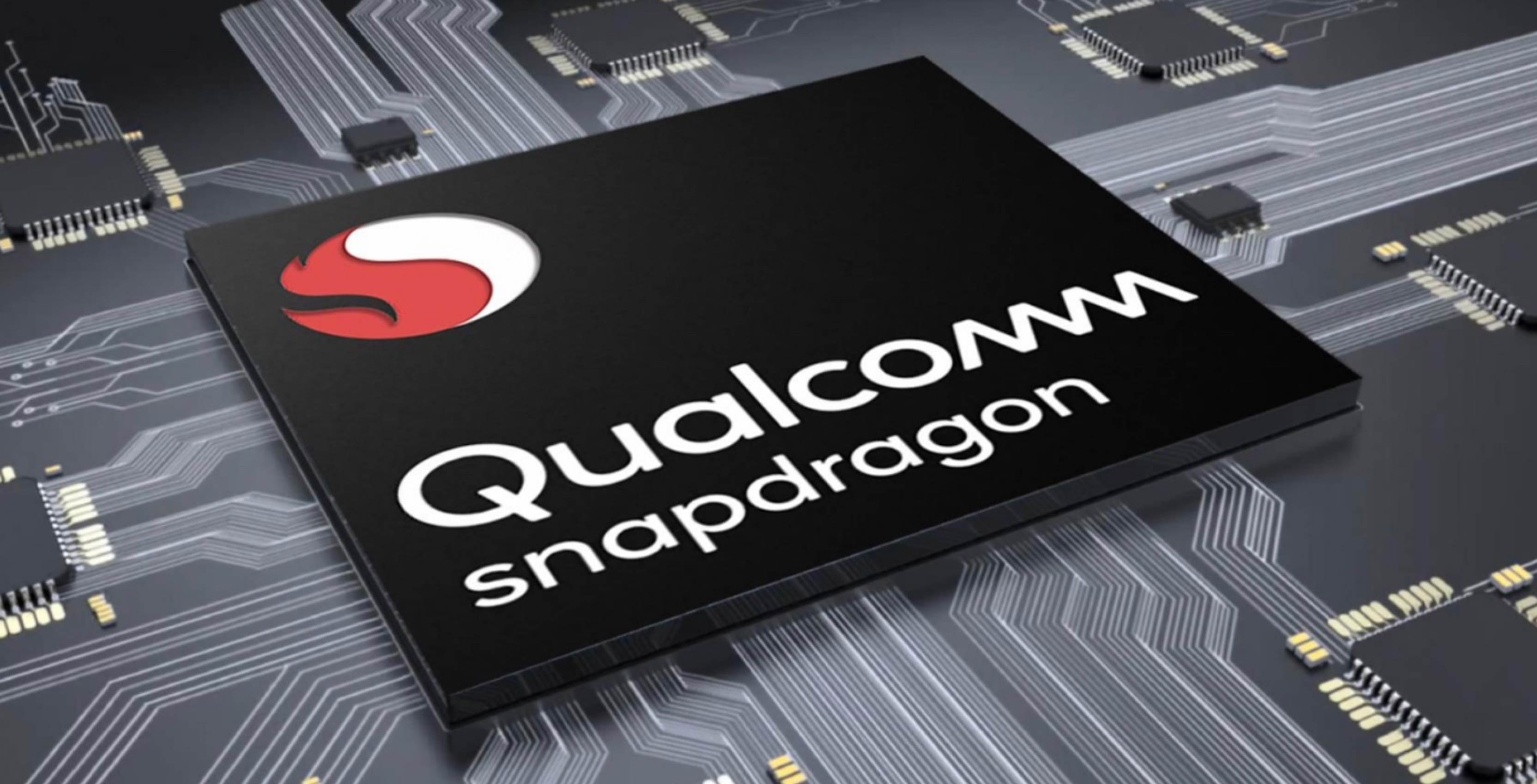
While Qualcomm’s Snapdragon 800-series chips get most of the attention from both press and enthusiasts, on August 8th, 2018, the company announced its latest 600-series chipset, the Snapdragon 670.
Destined for devices like the KEY2 that straddle the line between the mid-range and high-end, at the centre of the 670 is Qualcomm’s octa-core Kryo 360 CPU.
The processor features two performance cores capable of clocking up to 2.0GHz and six efficiency cores capable of clocking up to 1.7 GHz. According to Qualcomm, the Kryo 360 delivers 15 percent better performance than its predecessor.
Like the Snapdragon 845, the 670 features Qualcomm’s Hexagon 685 digital signal processor. In addition, the 670 features the company’s third-generation AI Engine. This new component handles AI operations 1.8-times better performance than its predecessor, and includes support for a variety of AI-related tools like Google’s TensorFlowLite API.
The Snapdragon 670 is the first 600-series chipset to feature Qualcomm’s second-generation Spectra 250 image signal processor. With the Spectra 250, 670-equipped mobile devices will be able to power a single 25-megapixel camera or dual 16-megapixel cameras. Moreover, the 670 will consume 30 percent less battery power when capturing 4K video compared to its predecessor, the Snapdragon 660, thanks to the addition of the Spectra 250 ISP.
On the connectivity front, the 670 features Qualcomm’s X12 LTE modem, which is capable of theoretical download speeds of up to 600Mbps and upload speeds of up to 150Mbps. In addition, Qualcomm says the X12 is “automatically engineered” to switch between LTE and Wi-Fi, depending on which signal is stronger.
According to Qualcomm, the Snapdragon 670 will ship in consumer-facing devices later this year.
It will be interesting to see what OEMs decide to go with the Snapdragon 670 over one of the chipmaker’s Snapdragon 700 series chipsets; they’re both designed to power mid to high-end devices.
Source: Qualcomm
MobileSyrup may earn a commission from purchases made via our links, which helps fund the journalism we provide free on our website. These links do not influence our editorial content. Support us here.


